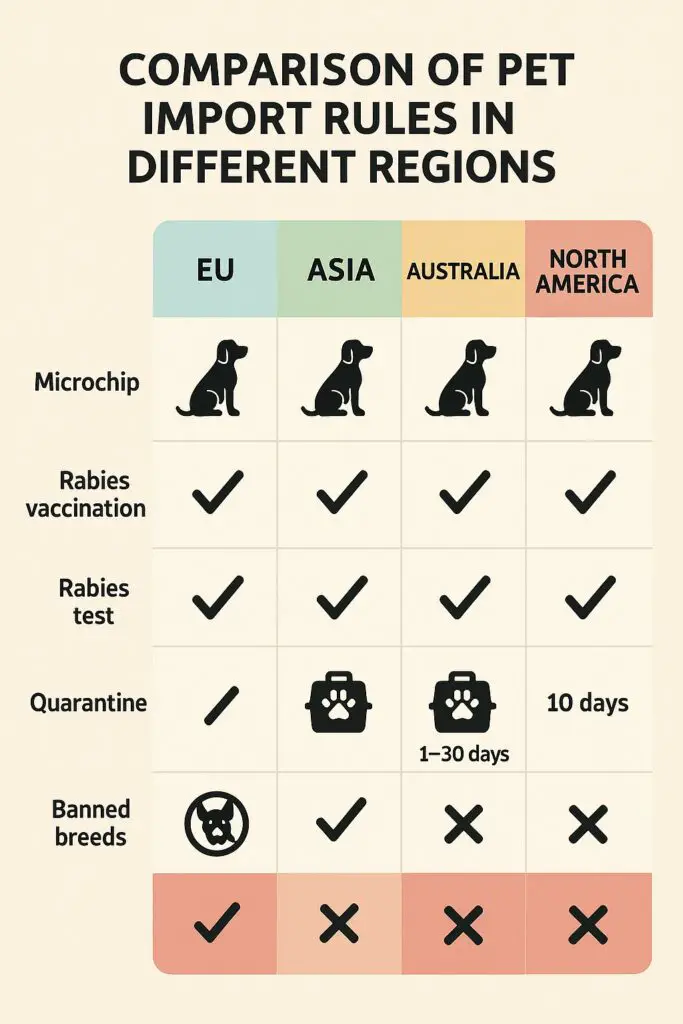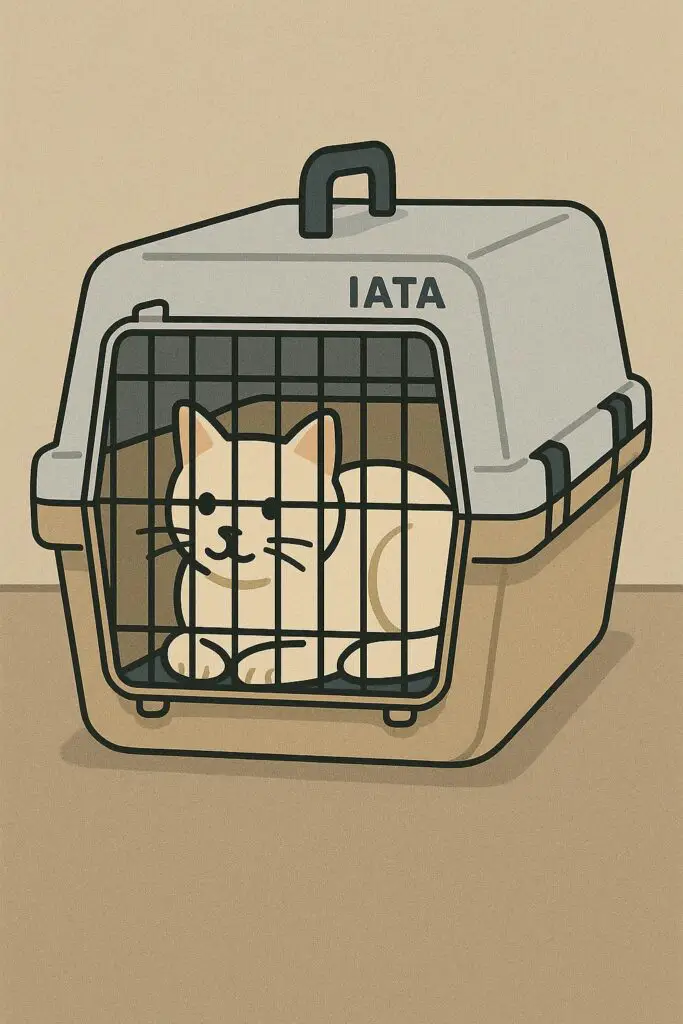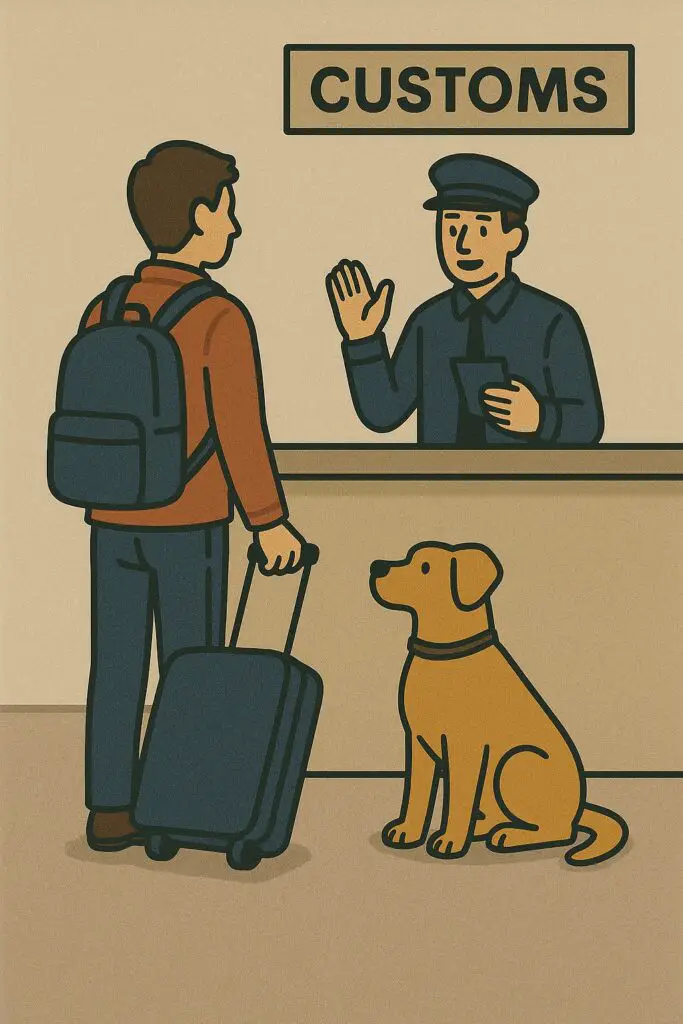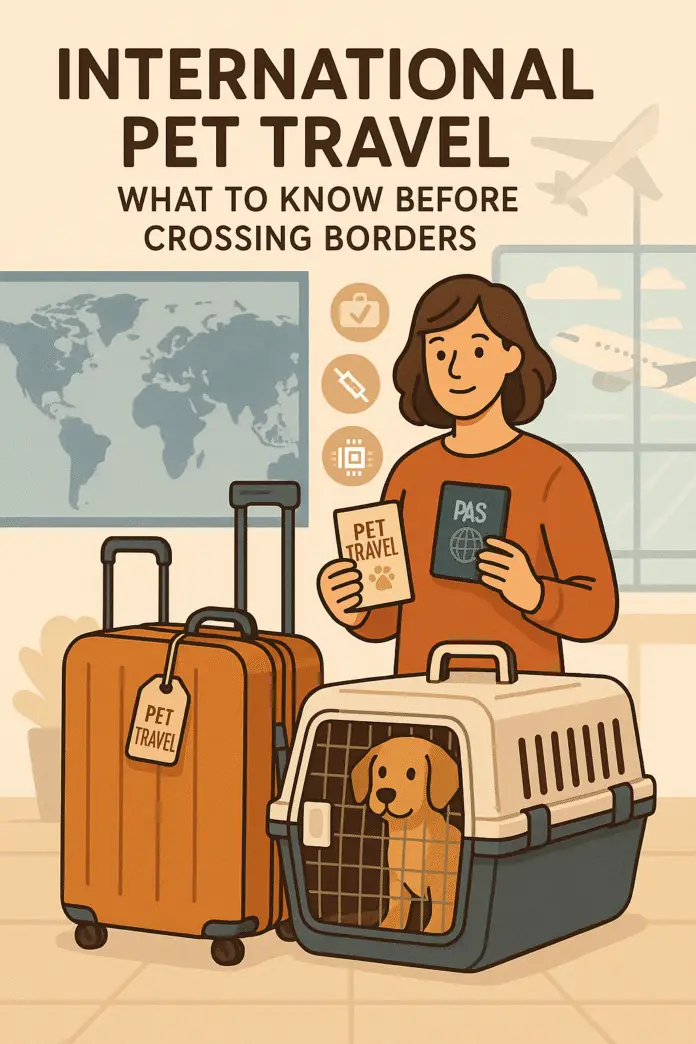Taking with you a pet in your international journey can make your trip an exciting and memorable experience.
Yet, when it comes to the international pet travel, aside from buying a plane ticket and getting a leash, there are a lot of things to be accomplished. With various regulations, health, and airline requirements, which are different in each country, it is really important to be well-prepared for the trip.
This guide will help you understand each action you must take before taking your pet abroad, starting with the vaccination requirements and ending with the post-arrival checks, which documents will be needed, and the crate that will fit your pet, and so on. The next goal is to provide tips for each of the reasons why you and your pet are traveling such as relocation, a vacation, or a trip for work, your pet’s safety and convenient stay are key.
1. Know the Pet Import Rules of Your Destination
One of the most commonly made pet owners’ errors is assuming that regulations are the same all over the world. That, in fact, is not true, and pet travel rules are very different country to country. Moreover, any changes can cause unwanted and unexpected situations that may result in rejected entry or long quarantine periods.
Key Considerations:
- Vaccination Requirements The majority of countries ask the pet to get a rabies vaccination at least 21–30 days before travel. Many may also require the vaccine against other diseases, like leptospirosis or distemper.
- Microchipping A large number of countries need a microchip with data coded in an ISO-compliant format. This data should be in line with the standards.
- Breed Restrictions There are countries that may prohibit or regulate the importation of breed types that are actually considered dangerous or so different from the animals they encounter naturally.
- Quarantine In Australia and New Zealand, people have to go through a strict isolation period even if they are already vaccinated. It is recommended to read about it in the beginning so that you can organize your trip accordingly.

2. Get All the Documents Together
The proper documentation is imperative, for indeed the pet may not even be allowed on board. Cross-verify requirements with both your airline and the destination country’s official government site.
Essential Paperwork:
- International Health Certificate Another name for it is a certificate of veterinary inspection, which has to be authorized by a licensed veterinarian and often endorsed by a national veterinary authority in the country (e.g., USDA in the U.S.).
- Rabies Certificate Details of the brand, serial number, and expiration date of the vaccine should be contained there.
- Import Permits An import permit may be demanded well in advance by some countries—especially for exotic animals or long stays.
- Pet Passport A pet passport, in the EU, is a document that can ease travel between member countries. The same can be made available in other regions too.

3. Plan a Pet-Friendly Flight and Understand Airline Policies
When it comes to pet transport, airlines show no leniency and set the toughest standards. These might include the necessity of following weight limits, the suitable size of the crate, seasonal embargoes like no pet travel in the hot summer, and even dates on which no pets are transported.
Points to Remember: Select Flights:
- Cabin vs Cargo If they can fit under the seat, one can take small pets with them in the cab. Larger animals usually are put in the cargo hold which is temperature-controlled.
- Direct Flights Are Best You can reduce stress and minimize handling by booking nonstop flights when available.
- Verify the Reservation of the Animal Most of the airlines set the limit to the number of the animals that can be on a flight. To secure a place, make a booking early.
- Find Out the Charges Be ready to spend a sum in the range between $75 and $500. It depends on the airline, your pet’s destination, and whether the pet flies in-cabin or cargo.

4. Pick the Right Transportation Crate for the Trip
The International Air Transport Association (IATA) is a body that sets global standards for carriers that are pet-friendly. It is of great importance to your pet’s well-being that a box that meets these requirements is selected.
Desired Characteristics:
- Space and Comfort The size of the crate needs to be such that the pet is able to stand up, turn around, and comfortably lie down.
- Airflow Crates that have openings on the sides are the best for pets to travel in.
- Identification Put the crate in a prominent position and mark the crate with “Live Animal” stickers and your contact info.
- Water and Food Containers The airlines may require these to be supplied and fixed inside the crate door.
One of the best techniques for helping the animal to get used to the crate is to train it to be there even before the travel day comes.

5. Prepare Your Pet Physically and Emotionally
Remember that it’s not only about keeping together all the papers but also about getting your pet ready. If your pet is traveling in a comfortable and familiar environment, he or she won’t have as much stress which will lead to better health.
Preparation Tips:
- Crate Training Introduce the crate a couple of weeks before the travel. Put some snacks, toys, and a bed inside.
- Routine Vet Visit Make an appointment ahead of the trip to confirm your pet is in good health.
- Avoid Sedation Vets and airline companies are against the use of sedatives, as they may cause bigger problems in high altitudes.
- Travel Practice Get your pet used to car rides in order to make them calmer.
6. At the Border: Arrival and Customs Tips
After you arrive at your destination, you must be ready for examination by customs and border patrol. If vaccinations are out-of-date or there is a problem with documentation (missing papers), pets may be put into quarantine or returned to the country of origin.
At the Border
- Have Documents Handy The officers at the border will request you to present the documents such as health certificates, proof of rabies vaccination, and import permits.
- Understand Quarantine Rules Some countries might still want pets to be kept in quarantine for a short or extended period even if all papers are correct.
- Don’t Rush Allow more time for checking out with customs to prevent any inconveniences or a flight missed out.

7. Post-Arrival Care and Settling In
Those who are travelling alongside their pets must not get surprised if they are met by customs officers and those from the border patrol at the arrivals area. If the documentation lacks details or the pet has not been vaccinated, the animal might be put in isolation or returned.
Population Policies:
- Maintain a Healthy Population-5. Develop a detailed attendance report.
- Teach the citizens Take the help of locals to educate the pet owners in the community to know the particular breed and how beautiful these dogs are. Click to buy dog food.
- Implement a Catch-Neuter-Release (CNR) Program- The funding from the local government helps run the catchInternational travel can be very difficult for animals, besides being stressful for them. After you have arrived:Watch The Behavior Of Your Pet Hunting for any signals of stress such as a lack of appetite, being very weak, or attacking the owners is a good idea.Surround Them With Loved Items Bringing your pet’s preferred toy, bed, or blanket can be of help during their acclimatization stage.Locate A Vets Service Be aware of the location of the nearest veterinary clinic; it is the place you would go in an emergency case.Re-familiarize Your Pet Graduate from the old circle to arriving slowly at the new home before introducing to the community, the park, or the other animals.
- Watch The Behavior Of Your Pet Hunting for any signals of stress such as a lack of appetite, being very weak, or attacking the owners is a good idea.
- Surround Them With Loved Items Bringing your pet’s preferred toy, bed, or blanket can be of help during their acclimatization stage.
- Locate A Vets Service Be aware of the location of the nearest veterinary clinic; it is the place you would go in an emergency case.
- Re-familiarize Your Pet Graduate from the old circle to arriving slowly at the new home before introducing to the community, the park, or the other animals.
Conclusion
International pet travel can make life not only more enjoyable for your pet and you, if strategized carefully. From being familiar with the animal entry regulations of the targeted country and collecting all necessary paperwork until the safe, comfortable and healthy pet comes back after items, each step is essential.
By utilizing those instructions, you can achieve two objectives: not only will you guarantee that your trip is legal and free from the stress associated therewith, but you will also make sure that you give your pets the respect to which they are entitled.




Your style is so unique compared to many other people. Thank you for publishing when you have the opportunity,Guess I will just make this bookmarked.2